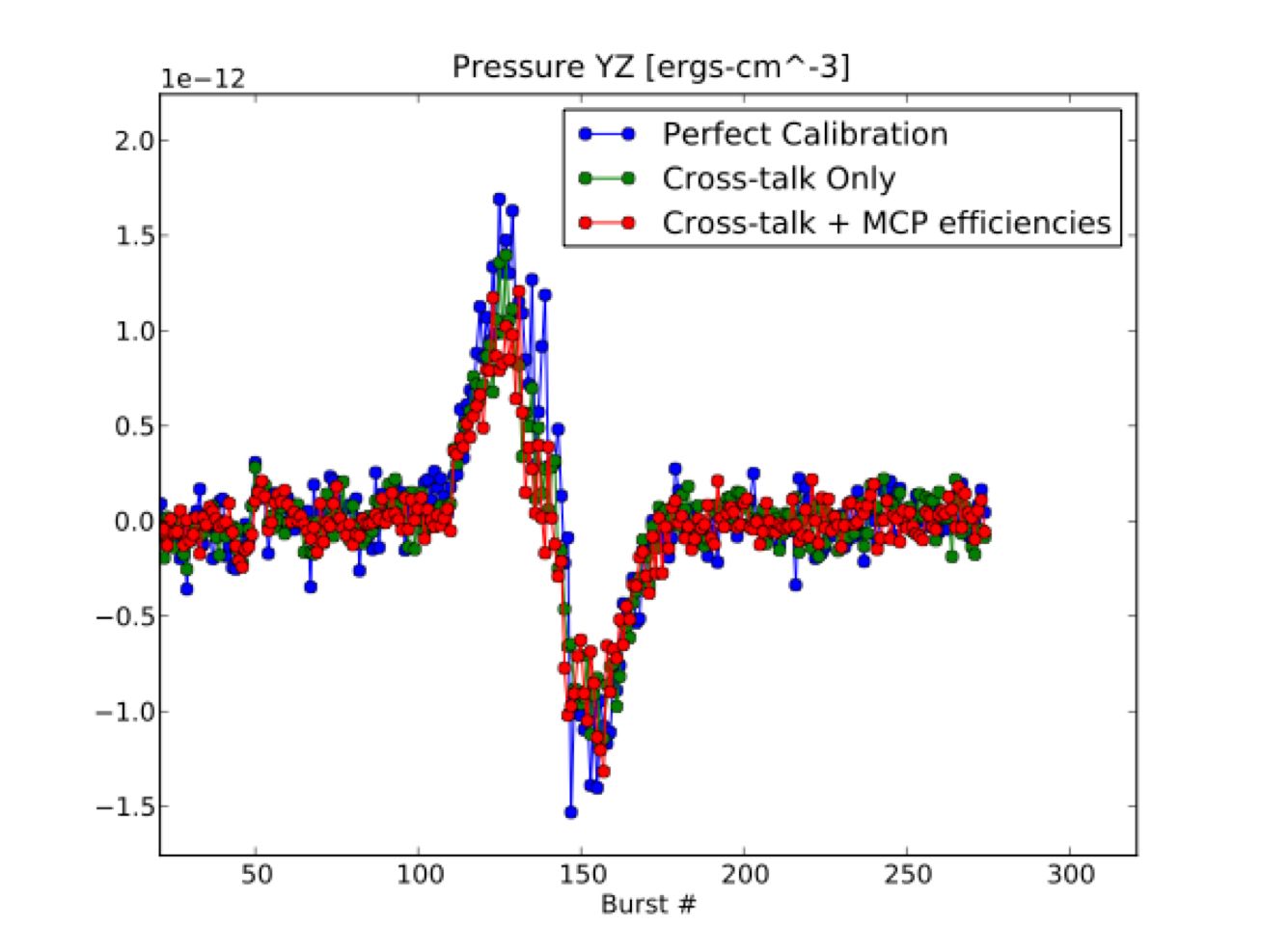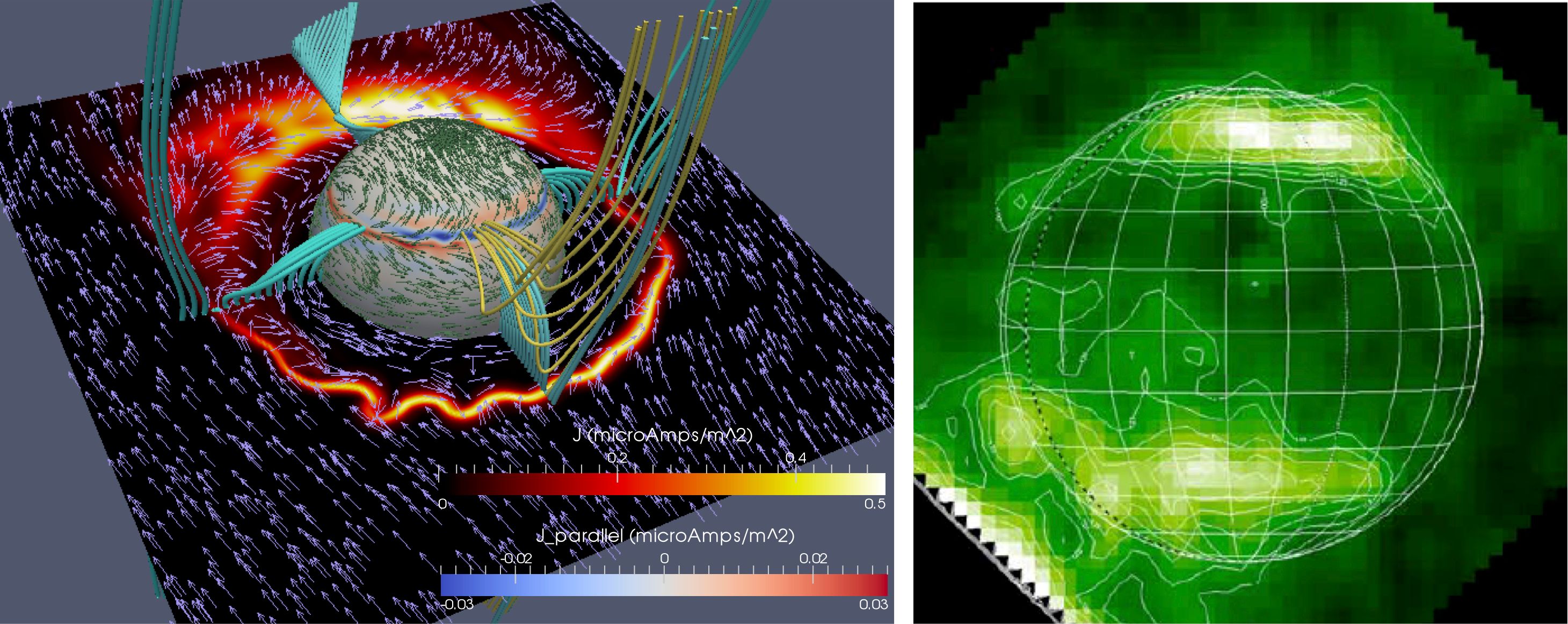GPL Research
GPL Research
Located at NASA's Goddard Space Flight Center in Suburban Maryland, USA, the Geospace Physics Laboratory is a component of Goddard's Heliophysics Science Division. This Laboratory leads the exploration and study of the heliosphere through the conception and development of missions designed to observe its origins, evolution, and interactions with the Earth, other planets, and the interstellar medium.
The Geospace Physics Laboratory conceives and executes investigations of the heliosphere by developing ever more capable instrumentation and theoretical models of heliospheric processes, over time scales up to the lifetime of the solar system. It establishes partnerships throughout the international science community, providing data access, analysis tools, and user support.
Strategic Priorities
- All fundamental plasma processes in the Geospace environment and of planetary atmospheres
- Understanding of the reconnection process
- Radiation belt modeling and acceleration and loss of energetic particles in the Earth’s magnetosphere
- Wave-particle interactions and their contribution to energization and loss of particles
- Magnetosphere-Ionosphere-Thermosphere coupling
- Global Hall MHD of planetary magnetospheres
- Miniaturization of plasma instruments and of magnetometers
- Develop new mission concepts for the Geospace Environment
Development Areas and Core Activities
- Fast Plasma Instrument
- Ion Mass Spectrometer
- Miniaturization of ESAs (Electrostatic Analyzers)
- Miniaturization of mass spectrometers
- Cubesat magnetometers
- Ionospheric Sounding
- Comparative planetary magnetospheres modeling
- Hall MHD modeling of magnetospheres
- Ion Outflows modeling
- CIMI: coupled global MHD-ring current – radiation belts – ionosphere modeling
- R&A
- Large modeling efforts
- VWO
Current Flight Missions
- TWINS
- Van Allen Probes
- GREECE (rocket mission)
Flight Missions In Development
- MMS
- Exos (Cubesat)
- Dellingr (Cubesat)
- Core Activities
MMS will reveal the fundamental physics of magnetic reconnection

|
Magnetic Reconnection at Ganymede
Recent simulations of Ganymede’s magnetosphere -- the first to include ion scale magnetic reconnection physics (left panel) -- have changed our basic understanding of plasma convection and field-aligned current generation in the moon’s magnetosphere.

|
The 673 team is currently exploring the role these new field-aligned currents play in Ganymede’s aurora as observed by Hubble (right panel).
